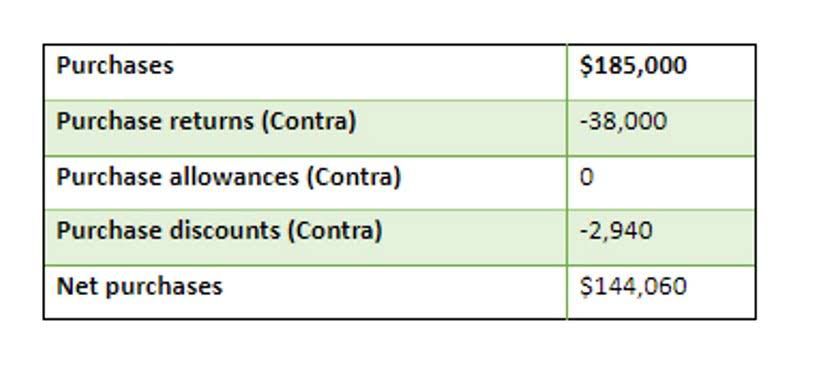
Companies should align their choice with their long-term financial goals. Businesses prioritizing tax reduction might prefer LIFO, while those focused on profitability and international compliance should consider FIFO. Choosing between FIFO and LIFO depends on a company’s financial strategy, industry, goals and places of business.
- Since the seafood company would never leave older inventory in stock to spoil, FIFO accurately reflects the company’s process of using the oldest inventory first in selling their goods.
- The average cost inventory valuation method uses an average cost for every inventory item when calculating COGS and ending inventory value.
- Managing inventory can help a company control and forecast its earnings.
- Although the oldest inventory may not always be the first sold, the FIFO method is not actually linked to the tracking of physical inventory, just inventory totals.
- The store purchased shirts on March 5th and March 15th and sold some of the inventory on March 25th.
Which financial ratios does FIFO ending inventory calculation affect?

Then, how to calculate fifo and lifo since deflation decreases price over time, the ending inventory value will have less economic value. As the FIFO method assumes we sell first the firstly acquired items, the ending inventory value will be lower than in other inventory valuation methods. The reason for this is that we are keeping the cheapest items in the inventory account, while the more expensive ones are sold first. It is up to the company to decide, though there are parameters based on the accounting method the company uses.

How to use FIFO for ending inventory calculation?
In addition, many companies will state that they use the «lower of cost or market» when valuing inventory. This means that if inventory values were to plummet, their valuations would represent the market value (or replacement cost) instead of LIFO, FIFO, or average cost. The valuation method that a company uses can vary across different industries. Below are some of the differences between LIFO and FIFO when considering the valuation of inventory and its impact on COGS and profits. The newer units with a cost of $54 remaining in ending inventory, which has a balance of (130 units X $54), or $7,020. The sum of $6,080 cost of goods sold and $7,020 ending inventory is $13,100, the total inventory cost.
Why would businesses use weighted average cost?

In the tables below, we use the inventory of a fictitious beverage producer called ABC Bottling Company to see how the valuation methods can affect the outcome of a company’s financial analysis. FIFO can be a better indicator of the value for ending inventory because the older items have been used up while the most recently acquired items reflect current market prices. For most companies, FIFO is the most logical choice since they typically use their oldest inventory first in the production of their goods, which means the valuation of COGS reflects their production schedule. Use QuickBooks Enterprise to account for inventory using less time and with more accuracy.
Average Cost
Rather than the Inventory account staying dormant as it did with the periodic system, the Inventory account balance is updated for every purchase and sale. FIFO ensures higher profits and reflects accurate inventory value, while LIFO reduces tax liabilities in inflationary periods. If you’re operating in the US, you can choose between FIFO vs. LIFO, while international companies must use LIFO. LIFO is particularly useful in industries where costs are rising because it matches the latest, often higher, costs with current revenue, which can help reduce taxable income during inflationary periods. With FIFO—first in, first out—the oldest inventory is sold first, making it ideal for businesses where goods need to be rotated regularly, such as in food or retail.
- What happens during inflationary times, and by rising COGS, it would reduce not only the operating profits but also the tax payment.
- Often earnings need to be adjusted for changes in the LIFO reserve, as in adjusted EBITDA and some types of adjusted earnings per share (EPS).
- Kristen Slavin is a CPA with 16 years of experience, specializing in accounting, bookkeeping, and tax services for small businesses.
- If you wonder how much is your inventory value, you can use our great online FIFO calculator to find it out.
- Instead of selling its oldest inventory first, companies that use the LIFO method sell its newest inventory first.
ShipBob finally gave us the visibility and analytics we were looking for. Through the software, we get real-time insight into how much inventory to allocate to a specific warehouse, our current on-hand inventory levels, and how long each SKU is going to last by location. ShipBob provides a lot of distribution metrics, and everything presented is useful. With this level of visibility, you can optimize inventory levels to keep carrying costs at a minimum while avoiding stockouts. If payroll you have items stored in different bins — one with no lot date and one with a lot date — we will always ship the one updated with a lot date first. When you send us a lot item, it will not be sold with other non-lot items, or other lots of the same SKU.